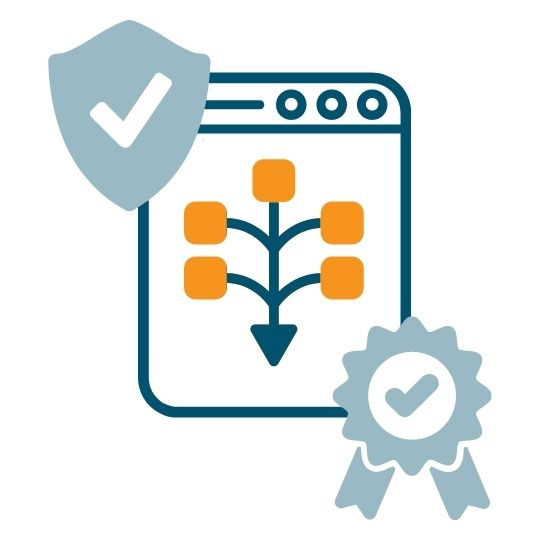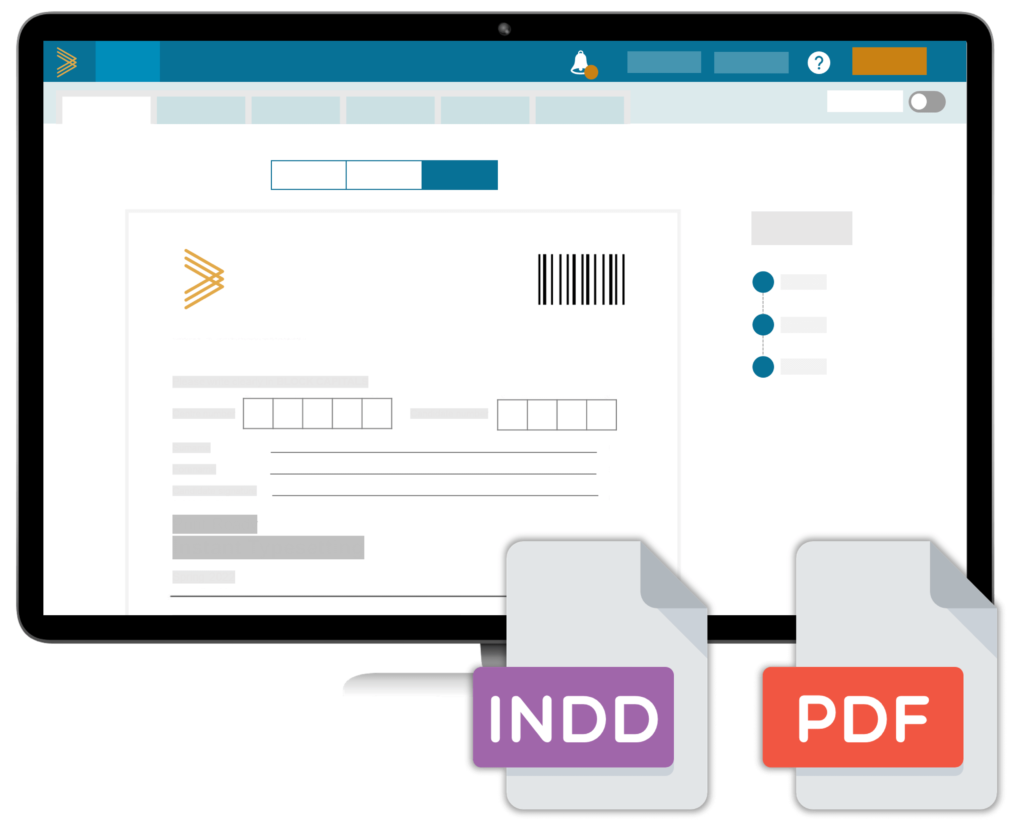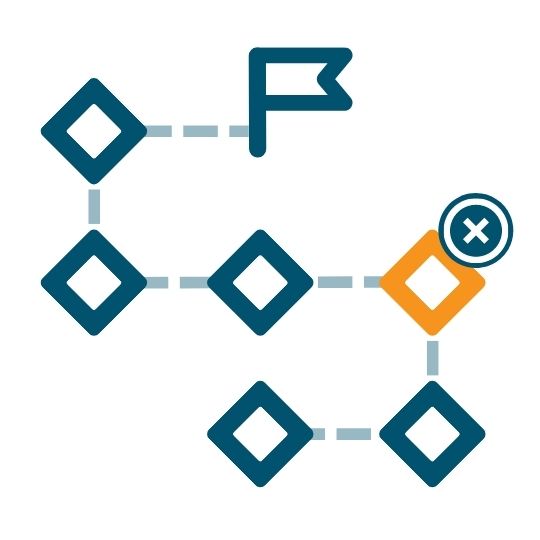
High-stakes assessments have faced a lot of disruption during the pandemic. As a result, many awarding bodies have felt the need to accelerate their plans for on-screen assessment.
However, a commitment to provide high-stakes tests digitally is a huge step which needs a lot of work to get right. Many assessment developers are hesitant to jump into the world of e-testing with both feet, wary of its potential impact on the quality, reliability, or security of their assessments.
For instance, this recent report by the UK regulating body Ofqual highlighted some of the biggest barriers to the widespread use of onscreen testing being:
- Complex and inconsistent IT provision
- Practical challenges of implementation
- Potential for issues of accessibility and equity
Despite these challenges, some are successfully pushing ahead with on-screen assessment at a national level. Others are taking a longer-term view and are starting to consider how onscreen assessment will be implemented in the near future.
The following guide will give you some options for taking steps in the right direction and laying the groundwork for such a transition.
It will outline the key ways you can prepare for modernised assessment delivery in your context, without over stretching too early or uprooting your whole process.
1. Find ways to make your current assessment processes more efficient
Technological advances don’t only cater to digital assessment delivery, even though this is the focus for a lot of software vendors. There are ways to increase efficiency and security more effectively by digitising the development of your assessments first.
Focusing on this area at the outset means that you don’t have to tackle challenges which are outside your control too early. Instead, you can move into a position where you are set up to publish your assessments more flexibly and meet the needs of learners as they develop.
Consolidating the development process
Creating a more efficient, streamlined development process is core to being able to scale and modernise your delivery in the long-term.
If you want to speed up test construction without compromising on the quality or security of your assessments, it is a good idea to move to a single development platform as your first priority.
Doing so protects you against many of the major security risks associated with traditional high-stakes exam authoring practices.
It can also give you greater confidence in the rigour of your quality assurance processes.

This is because the single platform authoring approach eliminates the risk of multiple versions branching off or corrections being missed. It also provides a clear, consolidated record of involvement and actions to simplify the auditing process.
Improvements in the efficiency of your security and quality assurance processes allow you to redirect capacity to the areas of assessment design and development you would rather be focussing on.
Automating paper typesetting
A desirable benefit of on-screen testing is the perceived long term cost efficiency; however, this isn’t a good reason to rush into digital output. A natural next step in this direction is to make big savings by streamlining your paper typesetting process.
By speeding up the time it takes to create paper tests, you will be able to develop new papers at shorter notice. This can alleviate some of the issues that make the print production model restrictive.
Instant typesetting is a new development from GradeMaker. It enables you to automate the typesetting process to save on design costs, rapidly produce print-ready files to speed up production, while also reducing the risk of errors or leaks occurring during the design process.
Tests can be exported for onscreen use, allowing you to transition to new delivery models at your own speed.
By using a single-source authoring tool you can continue to provide assessments in your preferred format without the time and budget restrictions pressuring you to change too rapidly.
2. Start developing assessment in a futureproof way
Futureproofing question storage
Developing and holding questions in an adaptable digital format is something you can start doing today. It is a change which can make your work easier in the short term and will also pay big dividends in the future.
Consolidating development onto one system brings together all the loose threads of the test development process. It helps to organise and focus the work of external authors, while also ensuring that no comments or corrections are missed in branching versions or documents. This approach gives you a reliable and organised bank of papers and questions to draw on long-term, giving you a much richer set of options for the future.
In pursuit of this, many awarding organisations are moving to an item banking approach, where questions are created and stored individually. A flexible system like GradeMaker can also help you to simplify this transition by giving you the option to automatically break down a whole paper into items for future use.
Choosing a system which can closely replicate your current processes is the best way to ensure a smooth transition for your team. Your system needs to offer a flexible output format, so you are able to change your delivery model without impacting your authoring process.
Then when you are ready to transition to on-screen assessment, you will have complete freedom to choose the test player that is right for you.
Working with a modular mindset
The fear of being tied to obsolete or inflexible systems is a common concern for assessment providers. If your priority is to deliver consistent, error-free content, you need to work with systems which not only support this goal, but that can also adapt as your needs change in the future too. The rate of change in EdTech over the past few years has understandably caused apprehension that reliance on an external platform puts awarding bodies at the mercy of their system providers.
Trying to find a single end-to-end solution often means making compromises and accepting that some parts of that system are better than others.
The remedy to this is to adopt a ‘modular mindset’. This is the idea of moving away from generalised end-to-end systems to multiple specialised platforms which integrate with each other. This set up gives you the flexibility to add in and hot-swap the tools you use, without unnecessary disruption to your production cycle.
You can start building your modular infrastructure now by authoring on a platform which holds content using up-to-date and open standards like QTI.
Over time, you will find that you have more options for suitable systems requiring fewer compromises on the features and tools you need when you take your next steps.
When the time comes to adopt on-screen testing, you’ll be ready to devote your full attention to evaluating on-screen testing systems, without having to think about restructuring your whole authoring process too.
Getting started
If you want your hard work to be protected by adopting a reliable, futureproof authoring platform, GradeMaker can get you there.
Get in touch to arrange a time for a personalised online demonstration.






